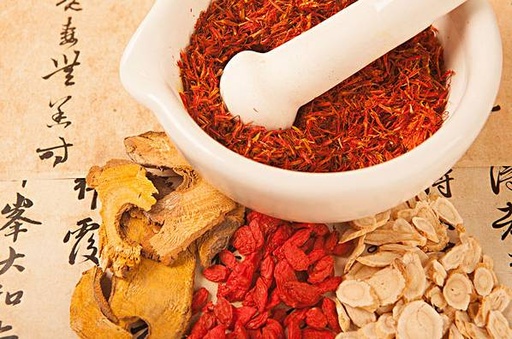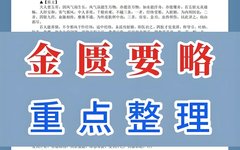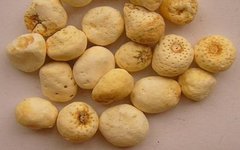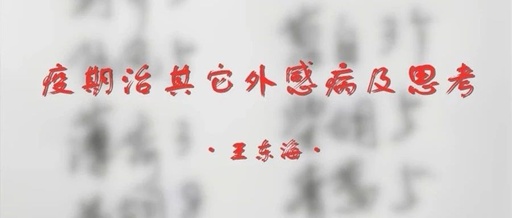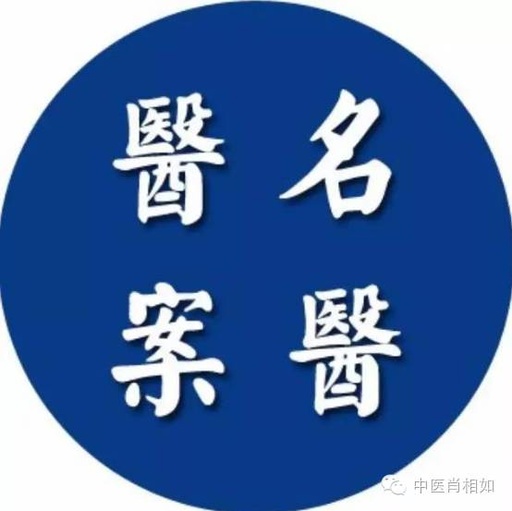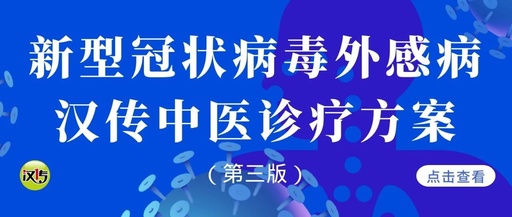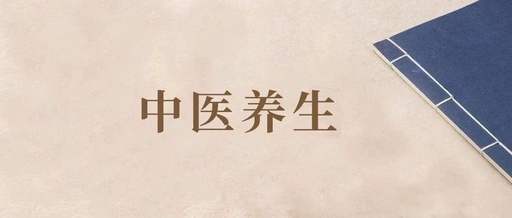Understanding the Differentiation and Treatment of Wind-Cold and Wind-Heat Colds in Traditional Chinese Medicine
According to Traditional Chinese Medicine (TCM) theory, the common cold is an external pathogenic disease caused by the invasion of external evils, primarily categorized into two types: Wind-Cold and Wind-Heat. The treatment for different types of colds must be approached differently. 1. Wind-Cold vs. Wind-Heat In TCM etiology, there is the concept of Wind evil. … Read more

